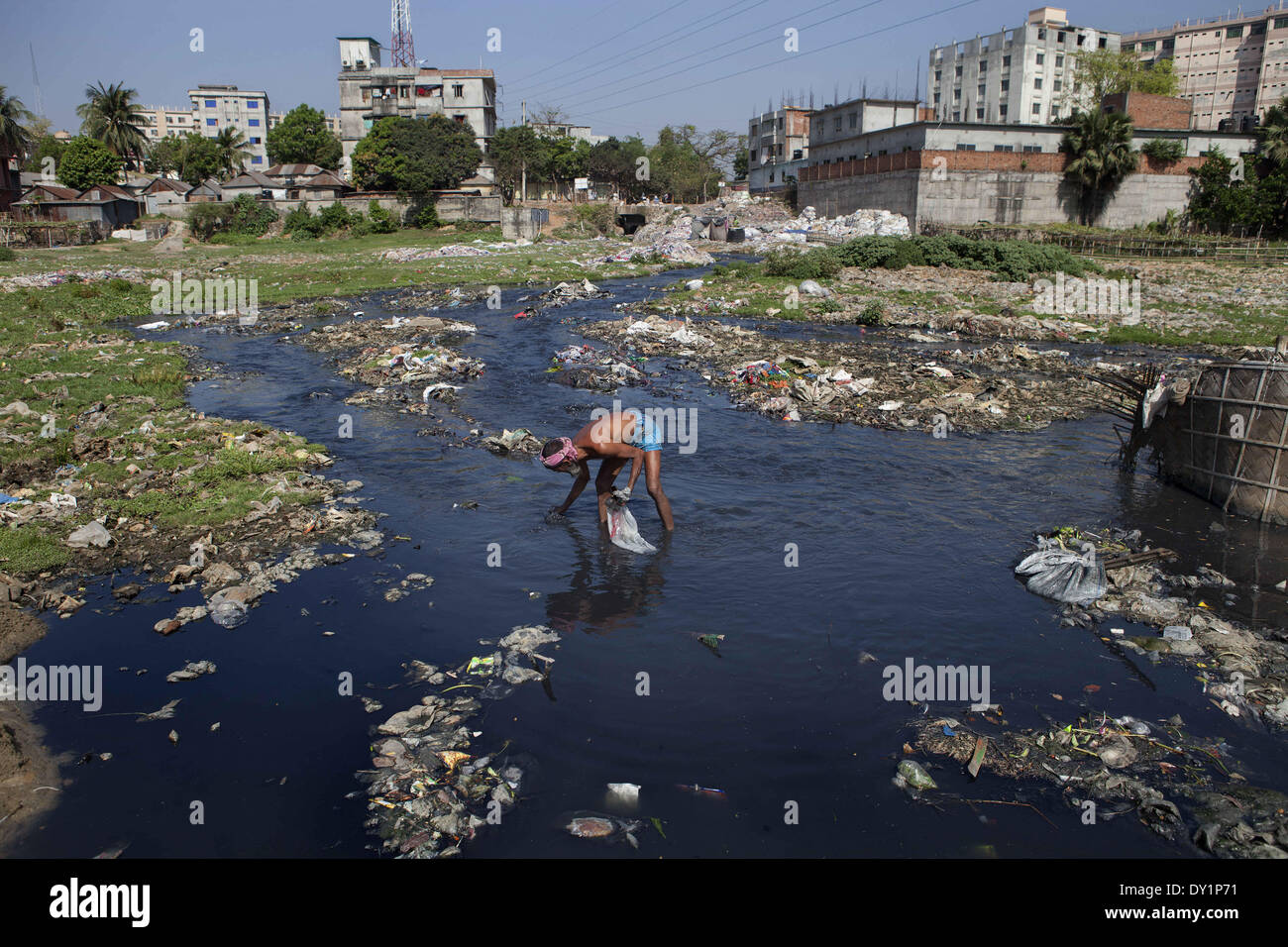Just How Liquid Garbage Disposal Functions: A Comprehensive Review of Strategies and Technologies Employed

Introduction of Fluid Waste Kind
The intricacy of fluid waste kinds demands a thorough understanding of their characteristics and implications for disposal. Fluid waste can generally be classified right into numerous kinds, including industrial, community, agricultural, and harmful waste. Each group exhibits unique homes, needing particular management strategies to mitigate environmental and health and wellness risks.
Industrial liquid waste stems from producing processes and typically consists of a series of contaminants, such as hefty steels, solvents, and organic compounds. Community fluid waste, mostly making up wastewater from households and industrial facilities, has natural issue, nutrients, and pathogens (industrial wastewater treatment). Agricultural fluid waste, consisting of overflow from farms, might consist of fertilizers, chemicals, and pet waste, positioning risks to water top quality and ecological communities
Harmful liquid waste is defined by its toxicity, reactivity, or prospective to create harm. Understanding these varied fluid waste types is vital for developing reliable disposal techniques and guaranteeing conformity with environmental policies.
Physical Treatment Approaches

Testing is the first action, where bigger fragments and particles are removed from the fluid waste using screens or grates. This procedure protects downstream tools from damage and makes certain smoother procedure. Following screening, sedimentation makes use of gravitational pressure to separate solids from liquids. In sedimentation containers, much heavier bits clear up near the bottom, forming a sludge layer, while the clarified fluid can be further treated.
Purification is one more essential technique that includes passing the fluid via permeable materials, such as sand or membranes, to catch smaller particles. This action improves the high quality of the fluid, making it ideal for succeeding treatment procedures.

Chemical Therapy Methods
Chemical therapy strategies are essential for successfully managing fluid waste, especially in dealing with liquified and colloidal contaminants that physical approaches may not adequately eliminate. These strategies use various chemical representatives to reduce the effects of, precipitate, or change hazardous compounds into much less damaging forms.
One typical approach is coagulation and flocculation, look at here where chemicals such as alum or ferric chloride are contributed to advertise the gathering of suspended fragments. This procedure enhances sedimentation, permitting simpler elimination of the resulting sludge. Furthermore, oxidation processes, employing representatives like chlorine or ozone, are employed to break down intricate natural compounds and microorganisms, making the waste more secure for discharge or further therapy.
Neutralization is an additional important technique, which adjusts the pH of acidic or alkaline waste streams to neutral degrees, protecting against possible damage to downstream systems and the setting. Furthermore, advanced oxidation processes (AOPs) use combinations of oxidants and ultraviolet light to break down persistent pollutants, achieving a higher level of treatment effectiveness.
Organic Therapy Procedures
Organic therapy procedures play an essential duty in the administration of liquid waste by using bacteria to disintegrate natural issue and decrease pollutant levels. These processes can be broadly categorized into aerobic and anaerobic treatments, each utilizing certain microbial communities to attain efficient waste deterioration.
Cardio treatment includes using oxygen to facilitate the failure of natural products by germs. This process is commonly implemented in turned on sludge systems, where oygenation containers offer a conducive setting for microbial development, causing the oxidation of organic pollutants. The resultant biomass can be divided from treated effluent through sedimentation.
On the other hand, anaerobic therapy happens in the lack of oxygen, depending on different microorganisms to damage down organic issue. This technique is especially beneficial for high-strength waste, as it creates biogas, an eco-friendly energy source, while lowering sludge production. Technologies such as anaerobic digesters are frequently used in commercial and community applications.
Both anaerobic and aerobic organic treatments not just reduce the environmental effect of fluid waste yet likewise facilitate resource recovery, making them necessary elements of sustainable waste monitoring techniques. Their efficiency, versatility, and effectiveness sustain their prevalent implementation across numerous sectors.
Emerging Technologies in Disposal
Ingenious strategies to fluid waste disposal are rapidly progressing, driven by advancements in innovation and a raising focus on sustainability. Among these emerging technologies, membrane layer bioreactors (MBRs) have click here to read acquired grip for their ability to incorporate biological treatment with membrane filtering, leading to premium his explanation effluent that can be reused in various applications. MBRs enable smaller footprints and a lot more reliable procedures contrasted to typical systems.
An additional promising advancement is making use of anaerobic food digestion integrated with nutrient recuperation modern technologies, which not just treats liquid waste but also generates biogas and recovers important nutrients like nitrogen and phosphorus. This double advantage improves resource efficiency and decreases environmental impact.
Additionally, advanced oxidation processes (AOPs) are being adopted for the degradation of complex natural toxins. These approaches make use of effective oxidants and drivers to break down pollutants at the molecular level, offering an extremely reliable option for challenging waste streams.
Furthermore, the combination of expert system and artificial intelligence in waste management systems is maximizing operational efficiency and anticipating upkeep, causing minimized expenses and boosted ecological compliance. These technologies mirror a substantial shift in the direction of more efficient and lasting fluid garbage disposal techniques.
Verdict
In verdict, effective liquid waste disposal demands an extensive understanding of numerous strategies and technologies. By constantly progressing these methodologies, it ends up being feasible to deal with the growing obstacles linked with liquid waste, inevitably contributing to environmental security and source recuperation.
Fluid waste disposal is an important facet of ecological management, requiring an extensive understanding of different strategies and innovations customized to various waste types. Liquid waste can extensively be classified right into numerous kinds, consisting of commercial, local, agricultural, and unsafe waste. Agricultural liquid waste, including runoff from ranches, might have plant foods, pesticides, and pet waste, presenting dangers to water high quality and ecological communities.
Numerous physical therapy approaches play a vital function in managing liquid waste properly - industrial wastewater treatment.In verdict, efficient fluid waste disposal requires a comprehensive understanding of various strategies and modern technologies